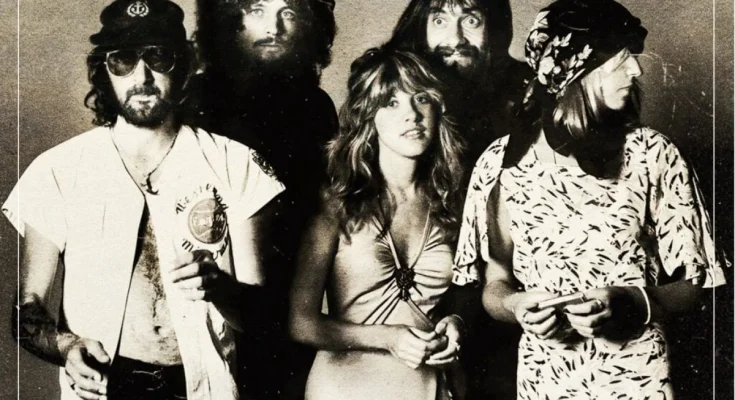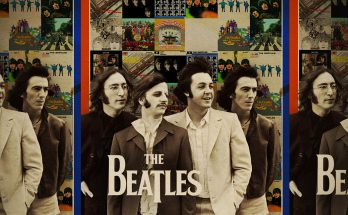It’s almost impossible to think of the idea of pop music before The Beatles.
As much as the Fab Four liked the idea of giving fans what they didn’t know they wanted, the groundwork that they left for everyone else turned out to be the blueprint for what every great pop artist should do in the future, from working in new mediums or trying out an unconventional approach and seeing what happens with it.

And while Fleetwood Mac had certainly reached the same level of fame that The Beatles experienced by the mid-1970s, Lindsey Buckingham knew that he could find a way to channel the Fabs in other ways as well.
Because, as catchy as The Beatles’ tunes were, are we going to ignore the fact that a lot of them were pretty weird as well? Yes, there are tunes like ‘She Loves You’ that are perfect examples of pop songs, but half of what’s going on on Sgt Peppers didn’t seem to have any origin. This was a band stretching the boundaries of what music could be, and when listening to a song like ‘Within You Without You’, you could tell they were no longer constrained to the typical rock and roll chord progressions.
Although Buckingham was already interested in using the studio like an instrument all the way back to his first Fleetwood Mac album, Rumours could have been considered his answer to Sgt Peppers and Pet Sounds.Everything sounded pristine once everyone’s soaring harmonies were layered on top of each other, and in Stevie Nicks, Buckingham had the Lennon/McCartney friction that kept the songs interesting, if only to hear what they had to say to each other in song.
When going for their massive follow-up, though, the rock world looked a lot different from the one that Buckingham started in. Everyone was now listening to the biggest names in punk and new wave music, and Buckingham wasn’t about to get lost in the lurch. He wanted to work on something new, and that meant getting a little bit freaky when making Tusk, even if it meant alienating his bandmates.
But as far as he could tell, this is the kind of move that The Beatles would have made in their prime, saying, “I’d always tried to think about myself as someone who wanted to be an artist in the long term. In order to do that, you’ve got to keep your sense of self, and not be influenced by what’s going on externally. That’s what made The Beatles so great. And that led, obviously, to the making of Tusk, which was a line in the sand I drew.”
That doesn’t mean that everyone else was on board. There are some fantastic moments on Tusk, but there are also a handful of songs that sound like the band are trying to fit a square peg into a round hole half the time, which probably didn’t help when Buckingham suggested doing studio tricks like turning every knob on the board 180 degrees to see what happened with the mix.
The album is definitely an acquired taste, but looking back on what The Beatles did on The White Album, it’s not all that dissimilar. The Fab Four were interested in making songs that made them sound like they were pulling at their sound like taffy half the time, and while that led to its own strange moments like ‘Revolution 9’ and ‘Wild Honey Pie’, it’s sometimes worth it to hear a band in their mostnatural state trying to make music together.
And it seems that even the band came around on the record, too, with Mick Fleetwood later calling it one of the albums he was most proud of. A lot of it may not have made the most sense at the time, but perhaps Buckingham was one step ahead of everyone all along when he started making tunes like ‘Not That Funny’ and ‘What Makes You Think You’re the One’.



